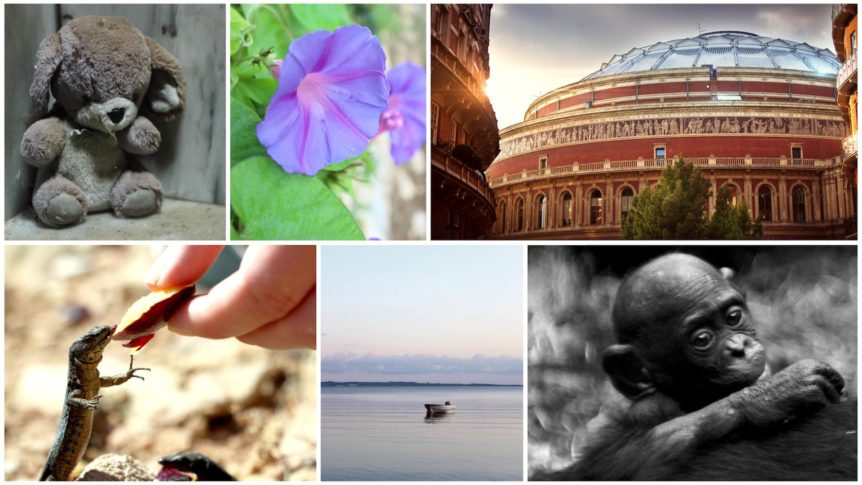There are many different types of media that you can use within your graphic designs and motion graphics. A picture paints a thousand words.
Let’s talk about classic, real photos taken by cameras, that you can edit the way you like. These pictures can be incorporated into motion graphics in many different ways. They can simply be used as a two-dimensional background of your design or you can cut out certain elements of a photo and use them separately. Another method to work with photos is to cut out their foreground elements and then animate them in front of the background (which at first has to be cleaned up of course). This is an exciting and popular way to get stylized motion into a static picture, and this is exactly what we, as motion graphic designers, often have to do: Bringing static pictures (one frame out of a lost moment) back to life!
People love photos
Photos are one of the most influential elements if you want to give your design a feeling of naturalness and realism – The two factors you will be having trouble with when working with artificial imagery.
People love photos! It has been proven that your audience will more likely be able to remember images than written texts. So you should do everything you can to pack the information you want to transport, into your images. Photos can evoke feelings of sorrow, joy, hate, fear, luck, harmony, sympathy, antipathy, etc. Nearly every feeling and emotion can be transported within a photo.
Different attitudes
Keep in mind that different people may have different attitudes towards certain motives. It always depends on what a person has experienced in life. A picture of a plane heading towards an idyllic island will evoke feelings of joy and happiness for one group of people. These people will be remembered of their holidays by the photo. They have had a great time on that island and so they connect the photo with the feelings they have had during their holidays. Another group of people (the ones that are afraid of planes, hate islands, don’t like holidays or have watched too many disaster movies about crashing planes) will have completely different feelings. And then there are the pilots who actually don’t even care about the picture because it’s something they see everyday.
Evoking feelings
So normally you cannot generalize what emotions will be evoked by your scenes. That is why so many people from advertising agencies (whose job often is to connect emotions to a brand or product by showing images) always use the same subjects that have proven to evoke the same feelings by most of the people: Babies (who doesn’t like laughing babies?) and of course puppies (everyone loves puppies!) or baby ducks are examples for that kind of subjects. Everyone will have a moment of joy while watching a cute little dog tripping up on something. Except 0.001% of people that are suffering from puppyphobia (the incurable disease of being frightened by all kind of newborn animal).
Such images have become established standards. It may seem boring to always see the same thing, but still it works most of the time.
Find your way
I would like to encourage you to find your own and unique way to convey emotions. Who is your audience and what do they like? What do they hate? So when it comes to choosing an image for your design your answer to the “w”-question “Who is your target group” will help you define which photo subjects you have to choose in order to evoke a specific emotion.
Simply by focusing on your target group, I am sure you can find much more creative ways that will have an even bigger impact than baby ducks have.
Remember that your design does not have to please anyone but your target group; and if the worst comes to the worst, you can still use the established standards. Perhaps you could always place some baby ducks in the corner of your design. Just to play safe.
If you liked this article and want to support us, please share it with your friends and colleagues! Also check out our new ebook to learn more about graphic design and animation!




